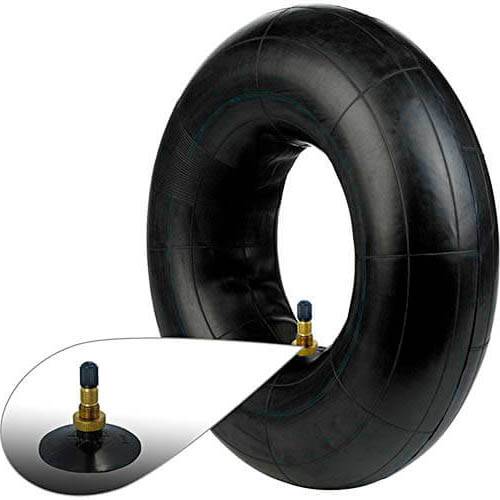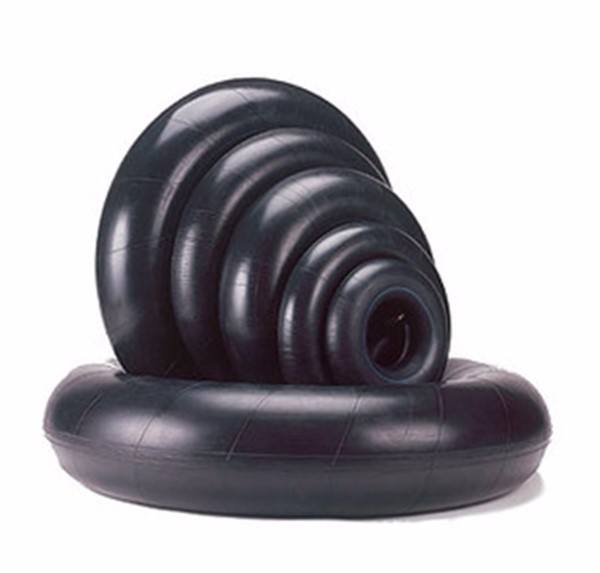What Lies Within: Understanding the Concept of an Inner Tube
Inflatable fun is all around us, from the tires that get us from point A to point B, to the pool toys that bring joy to children and adults alike. But have you ever stopped to think about what makes these products possible? The answer lies within – literally. An inner tube is the unsung hero behind many of our favorite products, providing the necessary cushioning, support, and buoyancy to make them functional and enjoyable. So, what is an inner tube, and how does it work its magic in various applications? In tires, inner tubes provide a comfortable ride and protect the wheel from damage. In rafts, they keep us afloat and safe on the water. And in pool toys, they add an extra layer of fun and excitement to our summer days. Whether it’s on the road, in the air, or on the water, inner tubes play a vital role in our daily lives.
The Evolution of Inner Tubes: From Humble Beginnings to Modern Marvels
The history of inner tubes is a fascinating story of innovation and adaptation. From their early beginnings as simple rubber bladders to the sophisticated, high-tech products we know today, inner tubes have undergone a remarkable transformation. The first inner tubes were developed in the mid-19th century, primarily for use in bicycle tires. These early tubes were made from natural rubber and were prone to punctures and leaks. However, as the demand for inner tubes grew, so did the need for more durable and reliable materials. The introduction of synthetic rubbers like butyl and neoprene revolutionized the industry, allowing inner tubes to be used in a wider range of applications. Today, inner tubes are made from a variety of materials, including advanced polymers and composites, and are used in everything from tires and rafts to medical devices and aerospace equipment. Throughout their evolution, inner tubes have adapted to meet the changing needs of various industries, and their development continues to shape the world around us. What is an inner tube, and how has it managed to remain a vital component in so many different applications? The answer lies in its ability to evolve and improve over time.
How to Choose the Right Inner Tube for Your Needs
Selecting the right inner tube for a specific application can be a daunting task, especially with the numerous options available in the market. However, by understanding the key factors that affect an inner tube’s performance, you can make an informed decision that meets your needs. What is an inner tube, and how do you choose the right one? The first step is to determine the size of the inner tube required. This is typically measured in inches or millimeters and should match the specifications of the outer tire or casing. Next, consider the material used to construct the inner tube. Butyl, neoprene, and latex are common materials, each with its own strengths and weaknesses. Butyl inner tubes, for instance, are known for their durability and resistance to heat, while neoprene tubes offer excellent resistance to chemicals and abrasion. Pressure ratings are also crucial, as they determine the maximum air pressure the inner tube can withstand. Finally, consider any additional features you may need, such as reinforced layers, coatings, or specialized valves. By taking these factors into account, you can choose an inner tube that provides optimal performance, safety, and reliability for your specific application.
The Anatomy of an Inner Tube: Key Components and Features
At its core, an inner tube is a complex system of components and features that work together to provide airtight, flexible, and durable performance. What is an inner tube, and what makes it tick? The valve is a critical component, allowing air to be added or removed from the tube. Valves come in various types, including screw-on, push-pull, and Presta valves, each designed for specific applications. The stem, which connects the valve to the tube, is another essential part, providing a secure and leak-free connection. The tube itself is typically made up of multiple layers, including an inner layer, a reinforcement layer, and an outer layer. The inner layer is usually made of a flexible material, such as rubber or plastic, while the reinforcement layer adds strength and durability. The outer layer provides additional protection against abrasion and punctures. Coatings, such as talc or silicone, may also be applied to reduce friction and improve performance. Other features, like reinforced beads or specialized valve stems, may be included depending on the specific application. By understanding the anatomy of an inner tube, users can better appreciate the complexity and sophistication of these seemingly simple components.
Inner Tubes in Action: Exploring Their Role in Various Industries
Inner tubes are an integral component in a wide range of industries, playing a crucial role in the functioning of various products and systems. What is an inner tube, and how does it impact different sectors? In the automotive industry, inner tubes are used in tires, providing a flexible and airtight seal that ensures proper inflation and vehicle performance. In aerospace, inner tubes are used in aircraft tires, where they must withstand extreme temperatures and pressures. In the recreational industry, inner tubes are used in pool toys, rafts, and inflatables, providing a fun and safe experience for users. In the medical industry, inner tubes are used in medical devices, such as catheters and surgical instruments, where they must meet strict standards for sterility and performance. Inner tubes are also used in industrial applications, such as in pneumatic systems and hydraulic cylinders, where they provide a reliable and efficient seal. By exploring the diverse uses of inner tubes, it becomes clear that these humble components play a vital role in many aspects of modern life.
Common Misconceptions About Inner Tubes Debunked
Despite their widespread use, inner tubes are often misunderstood, and several myths and misconceptions surround their durability, maintenance, and safety aspects. What is an inner tube, and how do these misconceptions impact their use? One common myth is that inner tubes are prone to punctures and leaks, making them unreliable. However, modern inner tubes are designed with advanced materials and manufacturing processes that minimize the risk of punctures and ensure airtight seals. Another misconception is that inner tubes require frequent maintenance, such as cleaning and inspection. While regular maintenance is essential, it is often simpler and less time-consuming than many users believe. Additionally, some users think that inner tubes are not suitable for high-pressure applications, but many modern inner tubes are designed to withstand extreme pressures and temperatures. By debunking these common misconceptions, users can gain a better understanding of the capabilities and benefits of inner tubes, and make informed decisions when selecting and using them.
Inner Tube Maintenance 101: Tips for Long-Lasting Performance
Proper maintenance is essential to ensure the longevity and performance of inner tubes. What is an inner tube, and how can it be maintained to achieve optimal results? To start, it’s crucial to store inner tubes in a cool, dry place, away from direct sunlight and extreme temperatures. This helps prevent damage to the materials and ensures the tube remains flexible and pliable. Regular cleaning is also vital, using mild soap and water to remove dirt and debris that can compromise the tube’s integrity. Inspecting the tube for signs of wear and tear, such as cracks or punctures, is also essential. By identifying and addressing these issues early, users can prevent more serious problems from developing. Additionally, following the manufacturer’s guidelines for inflation and pressure ratings can help prevent over- or under-inflation, which can lead to premature wear. By following these simple tips, users can extend the lifespan of their inner tubes and ensure they continue to perform at their best.
The Future of Inner Tubes: Innovations and Emerging Trends
The inner tube industry is constantly evolving, driven by advancements in materials, manufacturing processes, and emerging applications. What is an inner tube, and how will it continue to shape various industries? One significant trend is the shift towards sustainable materials, such as eco-friendly rubbers and recyclable compounds. These innovations not only reduce the environmental impact of inner tubes but also provide improved durability and performance. Another area of development is the integration of advanced technologies, such as sensors and IoT connectivity, into inner tubes. This enables real-time monitoring and optimization of performance, safety, and maintenance. Furthermore, researchers are exploring the potential of inner tubes in new applications, such as soft robotics, medical devices, and even space exploration. As the industry continues to push boundaries, it’s clear that the future of inner tubes is bright, with endless possibilities for growth and innovation. By staying at the forefront of these emerging trends, manufacturers and users can unlock the full potential of inner tubes and drive progress in various fields.







